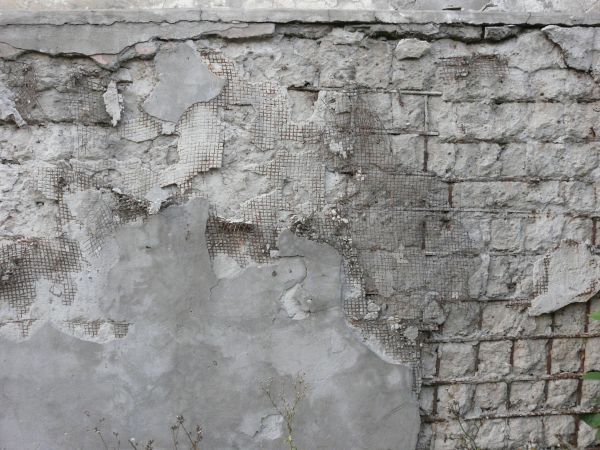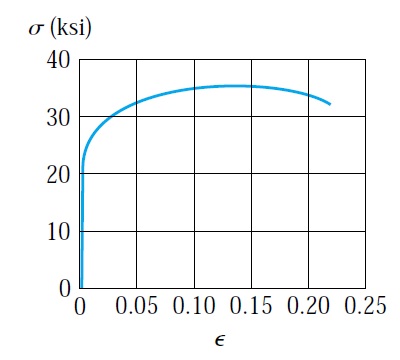Bridge pier
Piers are designed to resist
vertical and horizontal loads from superstructures and to transfer them to the
foundation. In addition to loads from superstructures, piers are designed to
accommodate loads such as wind, water pressure, and vehicle collision. Piers
are constructed with different shapes such as circular, rectangular, composite
shapes. Piers can be classified into a multi-column pier, pile bent, pile
encased pier, and hammerhead pier.

Figure 1
- Construction joint preparation: After completion of curing for pile cap. Kicker top surface shall be cleaned, and in case of unsound concrete, it shall be removed. Then the surface shall be scrabbled to make it rough so it will provide the required bonding with next concrete pour.
- Vertical bars and links shall be fixed as per the drawing. Overlapping should be at least as mention in shop drawing. Figure below showing pier reinforcement sample.

Figure 3
Type of pier column connection with a superstructure:
- monolithic connection: in this type of connection the piers are casted monolithically with the superstructure. steel reinforcement from pier will be extended inside the bridge diaphragm or web. in this type of piers the movement of the bridge are restrained and this will cause internal stresses om the structure.
- bridge bearing connection: in this type of connecting bearings are used to connect piers with a superstructure. elastomeric, pot and spherical bearings are used widely in bridge industry. the bearing will release the stress-induced by changing structure length due to temperature, shrinkage, and creep by rotation and translation movement in both directions. but bridge bearing required periodic inspection and maintenance. this will increase the cost of bridge construction and will cause inconvenience for road commuters in the event of road closure for inspection or bearing maintenance

Figure 4
- After completion of reinforcement. Shutter shall be installed. Shutter shape should be as per approved drawing. It should be adequately supported and firmly so it will not open during casting. Reinforcement should be free rust, concrete, or any other materials.
Types of formwork for pier
Steel formwork: steel formwork is made of small pieces of steel formwork. These pieces are connected using bolts to form the shape of the pier column. Therefore, it is easy to lift and install. Furthermore using well-fabricated steel formwork will produce concrete with a smooth surface.
 |
| Figure 5 |
The main component of the steel shutter
1. Mold: in steel shutter mold are made from small pieces. These pieces are connected through bolts to form the required shape.
2. Tie road: Tie road will be fixed in both directions. Tie rods will resist concrete pressure and prevent the shutter from opening. Spacing and numbers of tie road will be determined by the designer depends on loads from concrete and strength of tie road.
3. Wingnuts: used to retrain and secure tie road against any movement. It should be adequately fastened before concreting.
4. Soldier: in some steel formwork soldiers are used. Tie roads are anchored to the soldier so the load will be distributed evenly and to avoid concentration of pressure at anchorage area of tie road. Figure no:6 showing a soldier.
 | ||
Figure 6
|

Figure 8
5. Jacks: The main function of jacks is to support the formwork against any movement. Also, it will be used to align the formwork.
 |
| Figure 9 |
Wood formwork: wood formwork usually fabricated at construction field. The fabrication is easy but required competent persons. Also, it is time-consuming. Wood formwork is made using timer and layers of plywood. As a result, the thickness and weight of wood formwork are more than steel shutter. Therefore, handling of wood formwork is a bit harder than a steel shutter. The inner surface of formwork can be textured with GRP to ensure smooth concrete finishing. The supporting system is similar to steel formwork.
 |
| Figure 10 |
- Concreting stage: The area should be cleaned again before starting concrete. Concrete shall not be poured at height more than 1.5 M because this will lead to segregation of concrete. In case the hose of pump short, it shall be extended. Enough vibrator shall be used to provide enough compaction. The concreting of bridge pier can be divided into stages for different reasons such as height of pier or changing in pier cross-section.



















Comments
Post a Comment